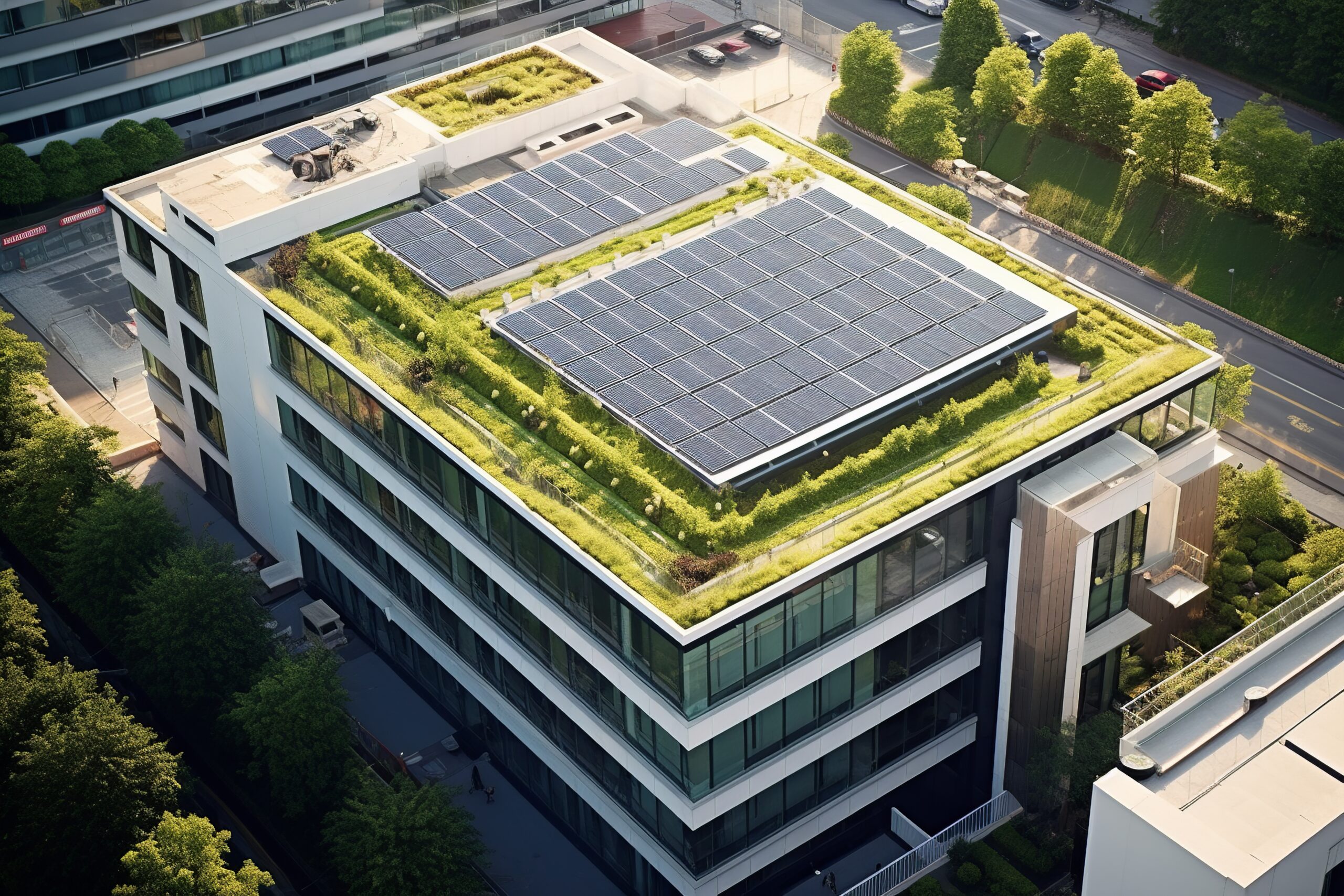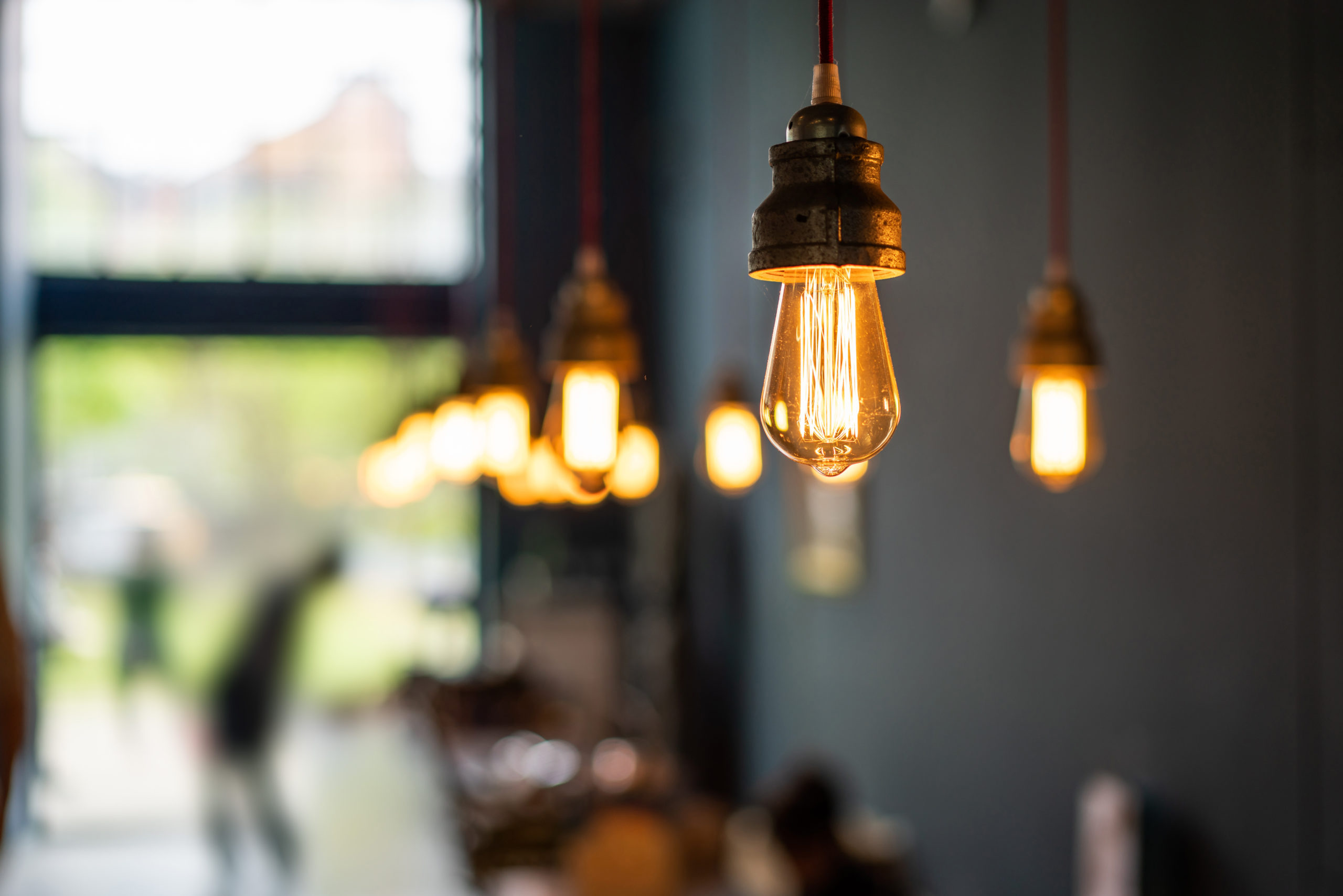
Lighting retrofit, a valuable source of energy efficiency
The adoption of LED technology is on a growing trend. According to the Lighting Europe association, which protects the interests of the lighting industry at a Europe-wide level, 81% of light sources will become LED in 2030, compared to 7% in 2015. LED technology has incredible potential since it enables reductions in energy consumption by 60% to 70% compared to traditional lighting solutions of previous generations. The widespread adoption of this technology optimizes energy consumption management for both interior and exterior lighting, and at a lower cost.
Lighting upgrades, a valuable source of energy efficiency across sectors
The adoption of LED technology as a replacement of current lighting sources mostly used is a response to the latest regulatory requirements. In France, this is a key matter, supported by the issuing of EEC (Energy Efficiency Certificates), a compulsory prerequisite to receive a financial compensation for costs incurred by any work. Lighting upgrades are an important means for achieving energy efficiency for public authorities, owners and tenants of tertiary sector buildings and managers of industrial sites as well.
Lighting retrofit is essential, in much the same way as carrying out large-scale building work such as insulation or replacing more energy-intensive equipment such as boilers or ventilation systems. Adding a lighting management solution, both indoors and outdoors, helps further in achieving the desired performance levels and provides lighting in the right place at the right time with the right level of brightness.
Indoor lighting in the tertiary sector
On average, lighting represents almost 20% of a building’s energy consumption. According to a study carried out by the CEREMA, it presently accounts for 12% of the energy consumption and 18% of the total electricity consumption for buildings and offices. This figure can rise to 50% for older facilities which have never been upgraded. In France, the Tertiary Decree, which went on to become the “Dispositif éco-énergie tertiaire” (Tertiary Eco-energy Plan) seeks to achieve a 60% reduction in energy consumption for tertiary buildings by 2050”. Modernizing facilities by replacing older lighting sources with LED technology combined with presence detection solutions enables to immediately halve consumption level [1].
In many office buildings, replacing ageing systems offers a great means of reducing consumption in the very short term along with contained costs. For interior lighting, upgrading older facilities provides not only a source of enhanced energy efficiency but also greater comfort for the users of these buildings.
The regulations require that for all work areas, wherever possible, the lighting provided should come from natural sources. Labor law stipulates minimum lighting levels for the different parts of buildings. This level is 40 lux in circulation areas, 60 lux for stairways and warehouses, 120 lux in work areas, changing rooms and toilet facilities and 200 lux in windowless locations permanently used for work. Any renovations to facilities must obligatorily comply with these values laid down in the Labor Code. Although this constitutes a first step, building managers may nevertheless go further if they wish. LED technology offers a wide range of possibilities including dimming, the choice of color temperature and luminous flux.
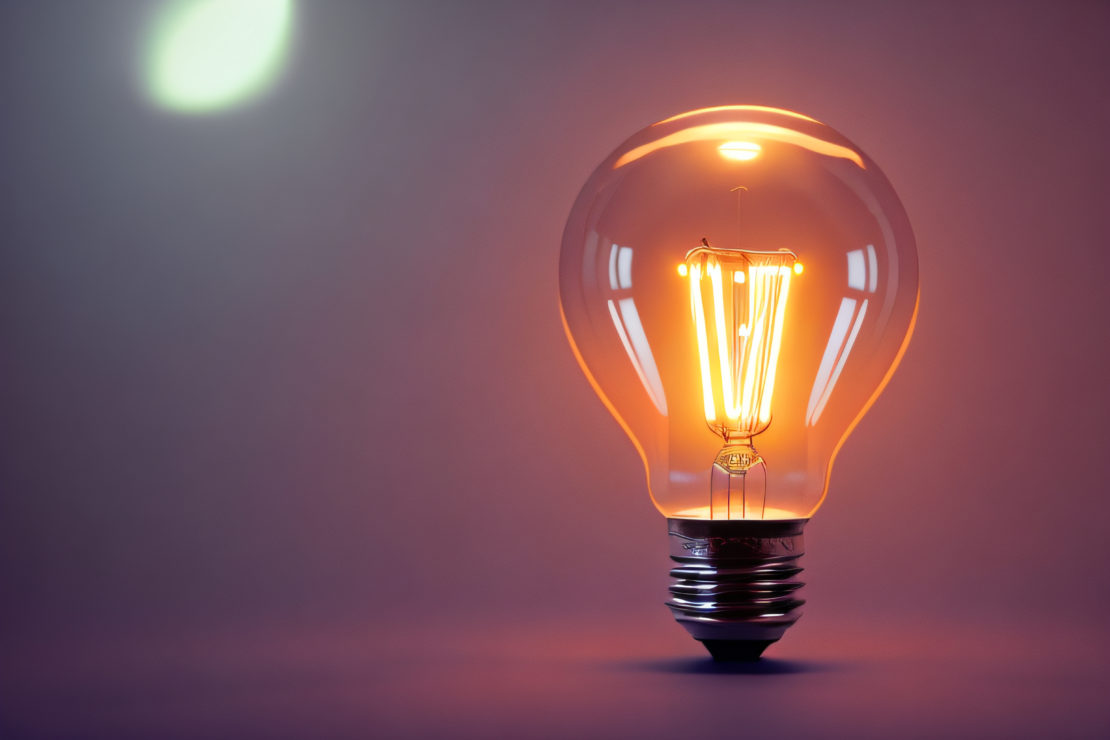
A new approach to lighting is currently emerging in tertiary buildings: “Human Centric Lighting”. This technology allows to follow the circadian cycle, i.e. the sun cycle. In an office or classroom, circadian lighting improves motivation, creativity and concentration while reducing stress, also offering productivity gains and an enhanced sense of well-being for users.
This exposure to the sun cycle comes into play with the production of essential hormones. Melatonin, the sleep hormone, is produced by the body when light levels decrease and the color temperature turns warmer. Cortisol and serotonin are secreted in the morning when light levels increase, combined with a colder color temperature, which activates the body. In the morning, the lighting is warm and of low intensity. Both its temperature and intensity increase until midday, with the system then gradually reducing the intensity and color temperature until the evening.
According to a study carried out in 2010 involving pupils from a German primary school, dynamic lighting brought about a 35% improvement in reading speed and an error rate almost 45% lower compared to a control group subjected to conventional lighting, thereby demonstrating the impact of lighting on learning and concentration.
In healthcare establishments, the deployment of circadian lighting plays a major role in the patients’ well-being and recovery. According to a clinical study carried out by the Centre du Sommeil de l’Hôtel Dieu (Hôtel Dieu Sleep Centre), circadian lighting helps reduce drowsiness and enhances performance and vigilance levels. Reaction times improved by more than 15% for 3 out of 4 people. Moreover, 3 out of 4 people experienced better quality sleep, with 1 person in 4 even reporting their sleep had vastly improved, with a gain of 43%.
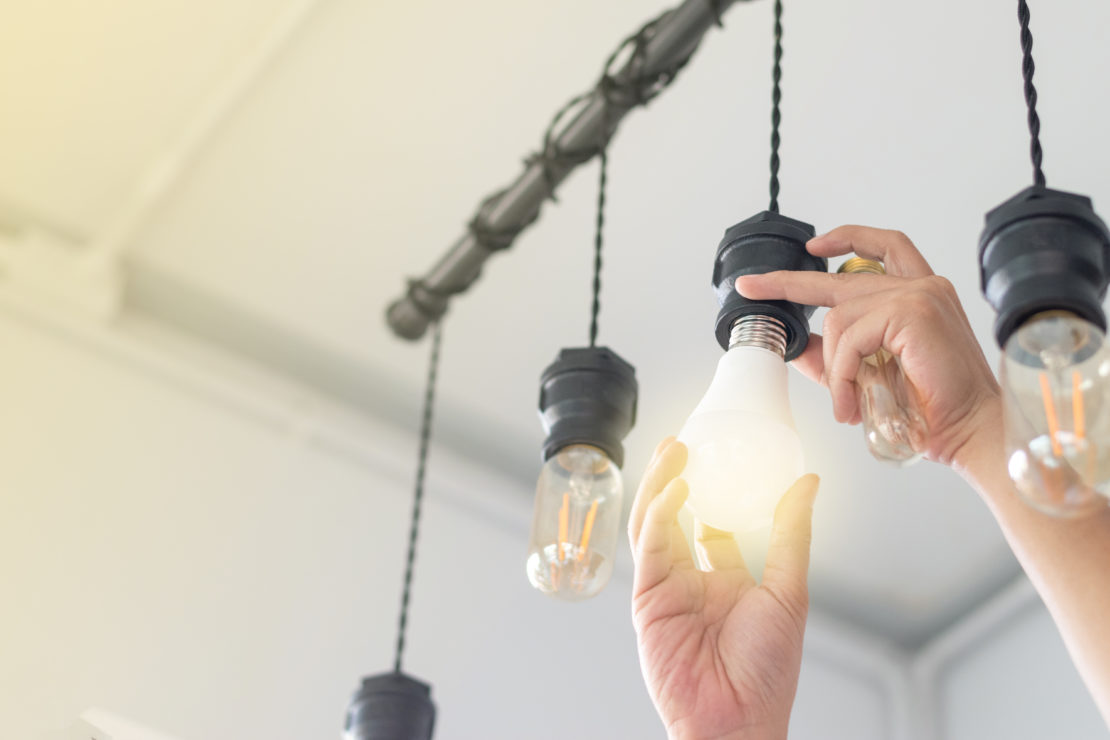
Interior lighting in industry
In the industry sector, lighting represents approximately 10% of the energy bill and accounts for a much lower part of the overall expenditure compared to tertiary buildings.
Indeed, the production process represents a major part of the global energy consumption. The updating of lighting systems offers numerous benefits in terms of productivity and energy performance.
Overall, LED technology provides savings estimated of 60% to 90% compared to conventional lighting (incandescent and halogen bulbs)[2]. Here again, combining LED technology with a management system using presence detection contributes to significant savings at lower costs.
Public lighting: limiting obtrusive light, teleprocessing
We find a similar situation where public lighting is concerned. The world is lit up with no fewer than 4 billion light points. Some 90 million of these are located in Europe, 75% of which are more than 25 years old. In France, the 9.5 million active light points consume 5.6 TWh of electricity annually, i.e. 1% of French consumption. For local authorities, public lighting[3] accounts for 16% of energy consumption, 17% of their energy expenditure and 41% of their electricity bill.
The decree of 27 December 2018 concerning the prevention, reduction and limitation of light-generated nuisance incentivizes the deployment of several solutions to retrofit the system at different levels. The first of these is relating to the replacement of older lighting sources by LED systems. The second is linked to the management of lighting with the addition of programmable controllers which turn the public lighting off upon a certain level of brightness detected during early morning. Some areas, such as Clermont-Ferrand or Illkirch-Graffenstaden, have gone even further, with systems which only turn the streetlamps on at full power when a presence is remotely detected and reduce the intensity to 10% in standby mode.
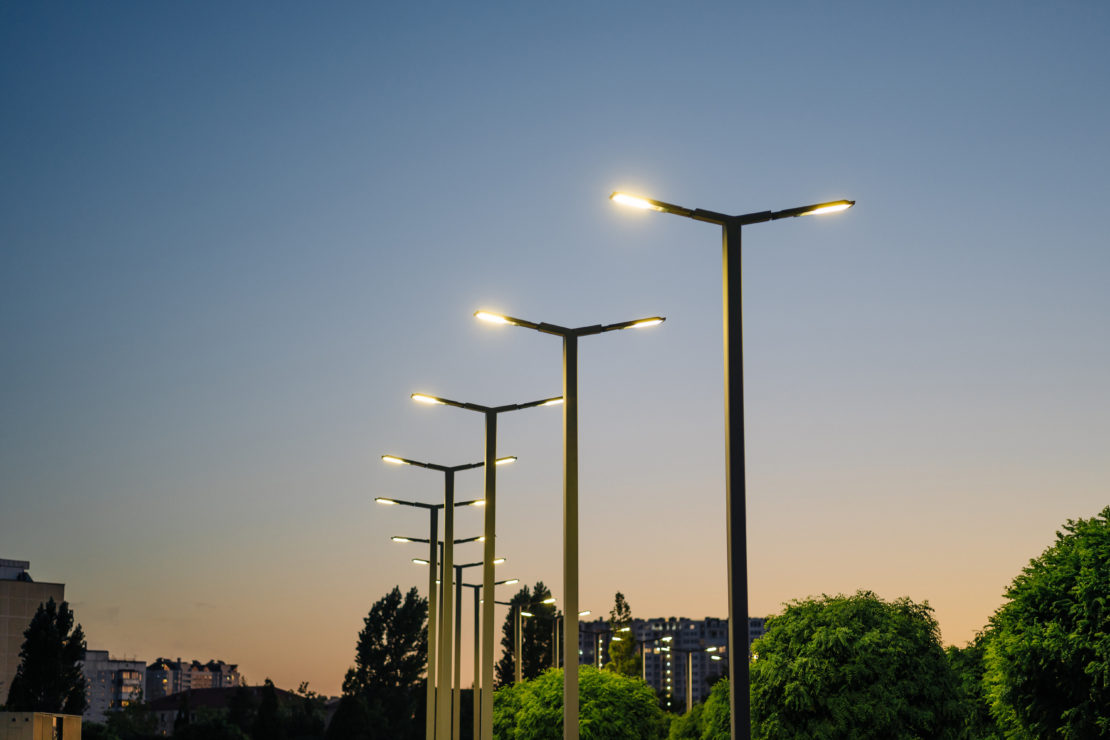
Besides the excess energy consumption of older systems, maintenance costs represent another issue. Local authorities can now introduce solutions with far more cost-effective maintenance cycles. In Clermont-Ferrand, the remote management system deployed to vary the lighting also incorporates the remote detection of breakdowns in real time. The city’s 16,000 light points are monitored by a technician from the maintenance centre. When one or several light points are defective, a notification informs them of the location and origin of the breakdown. With this precise information in hands, they can reach the exact place with the right equipment, which avoids an inspection based on sole visual means.
Upgrading public lighting doesn’t only generate energy savings, it also brings about a more comfortable lighting environment for users and a reduction in light pollution. Today, a third of the world’s population can no longer see the Milky Way. Satellite images of a given region taken at night remain the best way to truly appreciate the problem of light pollution which is measured on the Bortle scale (the “darkness scale”). The night sky is assessed according to the number of visible stars. This scale describes the sky on a scale of 1 to 9 according to its darkness level. The decree of 27 December 2018 concerning the prevention, reduction and limitation of light-generated nuisance also seeks to reduce the impact of light pollution on biodiversity.
Among the effects observed, changes have been noted in the flightpaths taken by birds and bats during migration periods due to the light-generated halos present above towns and cities. Artificial lighting is also the second largest cause of death among insects after insecticides. During the summer season, 150 insects die each night at each light point either through exhaustion or through being burned by the heat. The biological rhythms of different species are also affected by excess lighting at night, which affects their perception of the alternating day-night cycles and of the seasons. Light pollution is also a source of sleep disorders for human beings due to the decrease in melatonin production pertaining to the effects of the lighting.
The objective is therefore to encourage timed shut-offs and to optimize the technical characteristics of the systems, including color temperature, lighting levels and the distribution of the luminous flux.
Dimming solutions, a way to enhance the energy performance of lighting systems
Several levels of solutions are available when undertaking the replacement of an existing system while improving its energy performance at the same time. The first level involves a simple “relamping” solution, in which existing light sources are replaced with LEDs. The second solution is the replacement of the lighting systems that better adapt to actual needs. The third level involves the integration of lighting management modules to vary the lighting requirements according to the presences detected in the area and the contribution from daylight. Finally, the fourth level is the deployment of a complete network of smart lights, which manages the different areas based on sensors built into the lights themselves. As the lighting network covers the building as a whole, the incorporation of sensors (air quality, presence detection, natural light, etc.) within the lights is a particularly attractive option.
LED technology has been accompanied by real changes in the way we light and design facilities and systems, with smart on-board solutions. In addition to the significant energy savings it generates, the choice of lighting sources is vast. This can range from lighting for a small room with a circadian system to a stadium equipped with high power spotlights.
The widespread adoption of LED technology and recycling
With an average life expectancy of 12 years and more, a LED bulb offers considerable advantages over older technologies, whose average life expectancy is just half of this.
The widespread adoption of LED technology in future systems raises the question of the recycling of classical light sources, a question addressed by stakeholders in the sector. Many lighting units directly incorporate the light sources, and the various component parts are glued together. This particular constraint is now overcome industrially. The lights pass through a sort of “washing machine”, which separates the different components through vibrations and shocks.
On the other hand, when it comes to the circuit boards used in the production of the LED lights, recycling remains an issue. The different metals comprising them need to be separated beforehand. In France, research work is being carried out in the laboratories of the Chair for Urban Mining at the Mines Paris Tech graduate school, financed by Ecosystem, the environmental organization in charge of the recycling of lamps. The development of a process that successfully manages this stage at an industrial level will greatly assist with the rollout of LED technology.
[1] Source: ADEME Editions, July 2020: “Rénover l’éclairage des bâtiments tertiaires” (Lighting upgrades in tertiary buildings)
[2] Source: Syndicat de l’éclairage
[3] http://www.afe-eclairage.fr/afe/l-eclairage-en-chiffres-26.html

